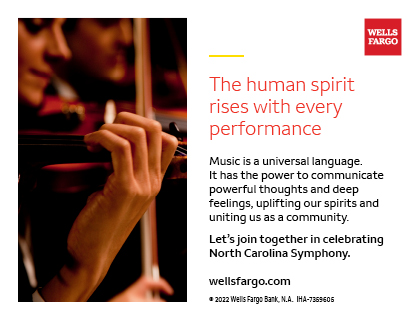Piano Concerto No. 4 in G Major, Op. 92
Ludwig van Beethoven (1775-1827)
THE STORY
Beethoven’s Fourth Piano Concerto is the eccentric sibling among the composer’s five contributions to the genre. The first two concertos, written early in Beethoven’s career, took their inspiration from Mozart, reflecting a sunny disposition and mastery of the concerto form. The Third and the Fifth Piano Concertos are more “Beethovenesque” in character—daring and dramatic. The Fourth is quietly introspective and deeply poetic. Most piano concertos frame the pianist as heroic, above or even in conflict with the orchestra. In the Fourth, the soloist and ensemble are joined in spirit, imbuing the dynamic with a sense of communion.
Completed in 1806, Piano Concerto No. 4 was composed during one of Beethoven’s most prolific periods; the concert in which the work was given its premiere, on December 22, 1808, is famous in the history of Western Classical music. In addition to the Concerto, the concert included the premieres of the Fifth and Sixth Symphonies and the Choral Fantasy. Of these works, the Fourth Piano Concerto stands out for simplicity and honesty of expression.
THE STORY
- The unusual opening of the first movement, which begins with the piano soloist alone—like a solitary figure offering a prayer, which is answered by the orchestra, representing the divine
- The dialogue unfolding between piano and strings in the second movement, in which Beethoven omits the winds, brass, and timpani completely and the strings play almost the entire movement in unison
- The boisterous theme of the third movement—which consistently returns in the form called a “rondo”—juxtaposed with a hymn-like counter-theme
INSTRUMENTATION
Solo piano; flute, two oboes, two clarinets, two bassoons, two horns, two trumpets, timpani, strings

